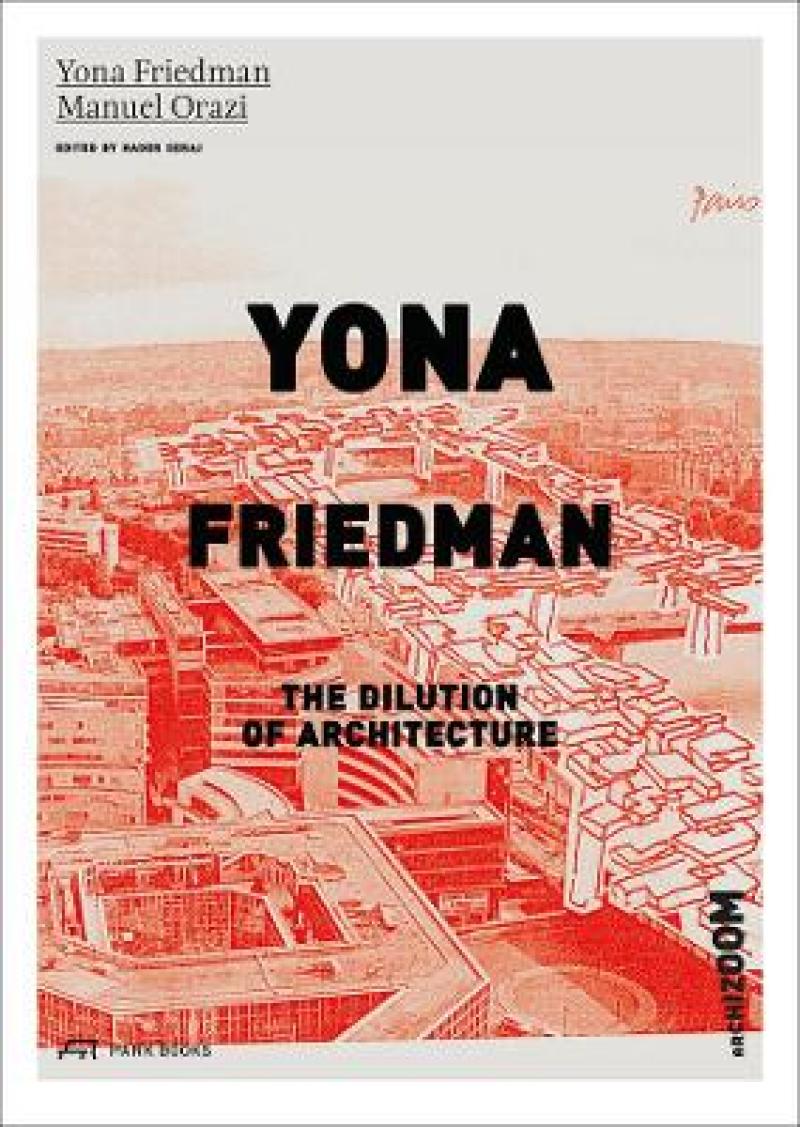Yona Friedman is recognised as one of the most eminent proponents of 1960s avant-garde urbanism. His best-known work is the concept for a Spatial City ("La Ville Spatiale", 1956), in which he aimed to provide maximum flexibility through "megastructures" over existing cities and other locations. Inhabitants were meant to design their dwellings within these structures. Friedman sought to provide people in every part of the world with the knowledge and fundamental structures to determine their own environment for living and to enhance their independence and self-reliance. This new book offers a unique collection of brief texts and annotations as well as an abundance of images, sketches, drawings, watercolours etc. by Friedman himself. It also features a vast range of documents related to his work. In part II, Manuel Orazi gives an analysis of Friedman's oeuvre, based on extensive research. He follows the architect's progress through disciplinary and geographic areas apparently remote from one another, in which Friedman has been moving erratically and incessantly. Orazi also expands on historical, social and political contexts.A documentation of Friedman's intellectual relationships and other resources, an interview with Swiss architect Bernard Tschumi about Friedman, and a comprehensive bibliography round out the book.
Les mer
Including previously unpublished material, this is the most comprehensive overview of Friedman's work published to date, offering a greater understanding of his work and visions.
Produktdetaljer
ISBN
9783906027685
Publisert
2016-07-19
Utgiver
Vendor
Park Books
Vekt
1628 gr
Høyde
238 mm
Bredde
174 mm
Dybde
45 mm
Aldersnivå
G, 01
Språk
Product language
Engelsk
Format
Product format
Heftet
Antall sider
592
